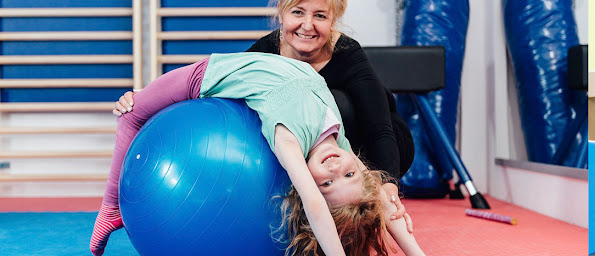Writing SMART Goals

Tracking student progress is one of the most crucial components of a child’s journey in special education. Data collection allows us to provide children with the best possible interventions and actively impact their education. Special educators, occupational therapy , physical, speech-language Pathology , and behavior therapists all use SMART goals as an efficient way to support intervention planning and data collection. SMART is an acronym that stands for specific, measurable, attainable, relevant, and time-bound. The SMART template provides a consistent structure for goal-writing. They are widely recognized in education and help professionals ensure that the goal includes all necessary components. S: Specific Educators should write goals with definitive criteria. Break down anything that might be considered vague. ‘Play-group’ could be described more specifically as ‘a teacher-facilitated recess group with five same-age peers.’ If the child has to switch school districts withou
